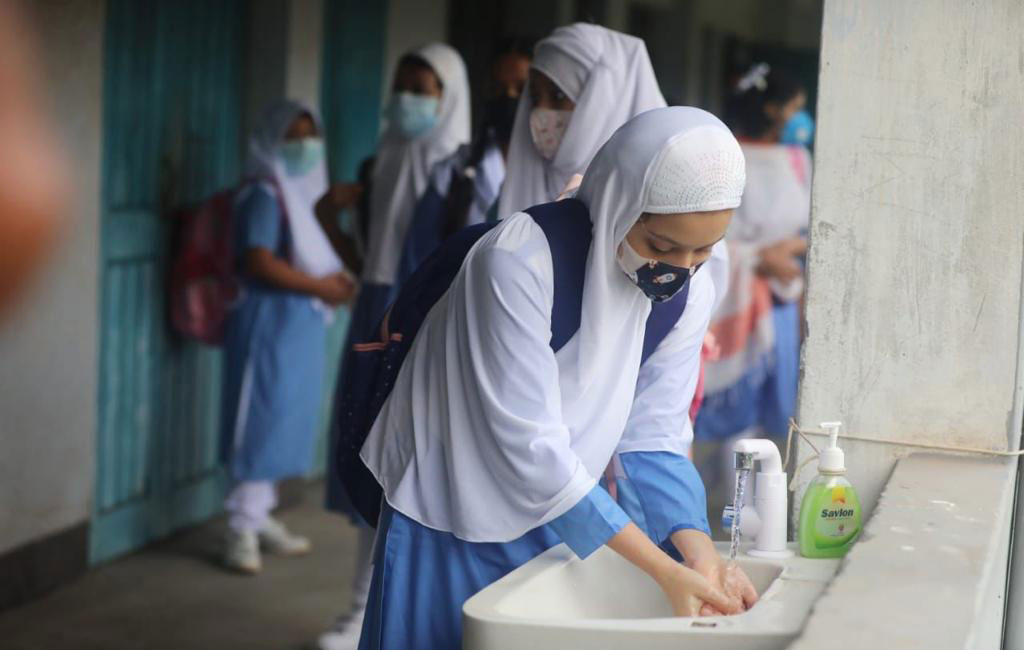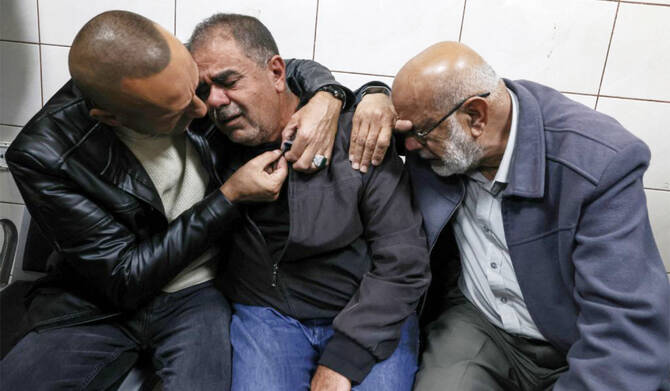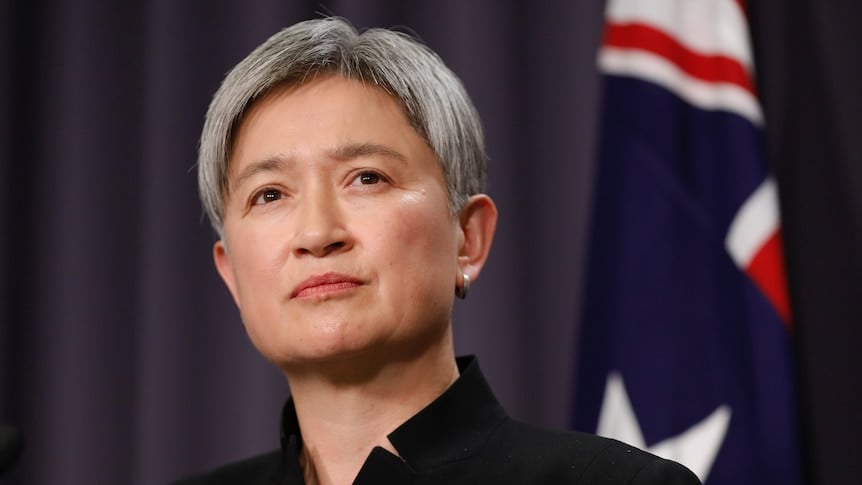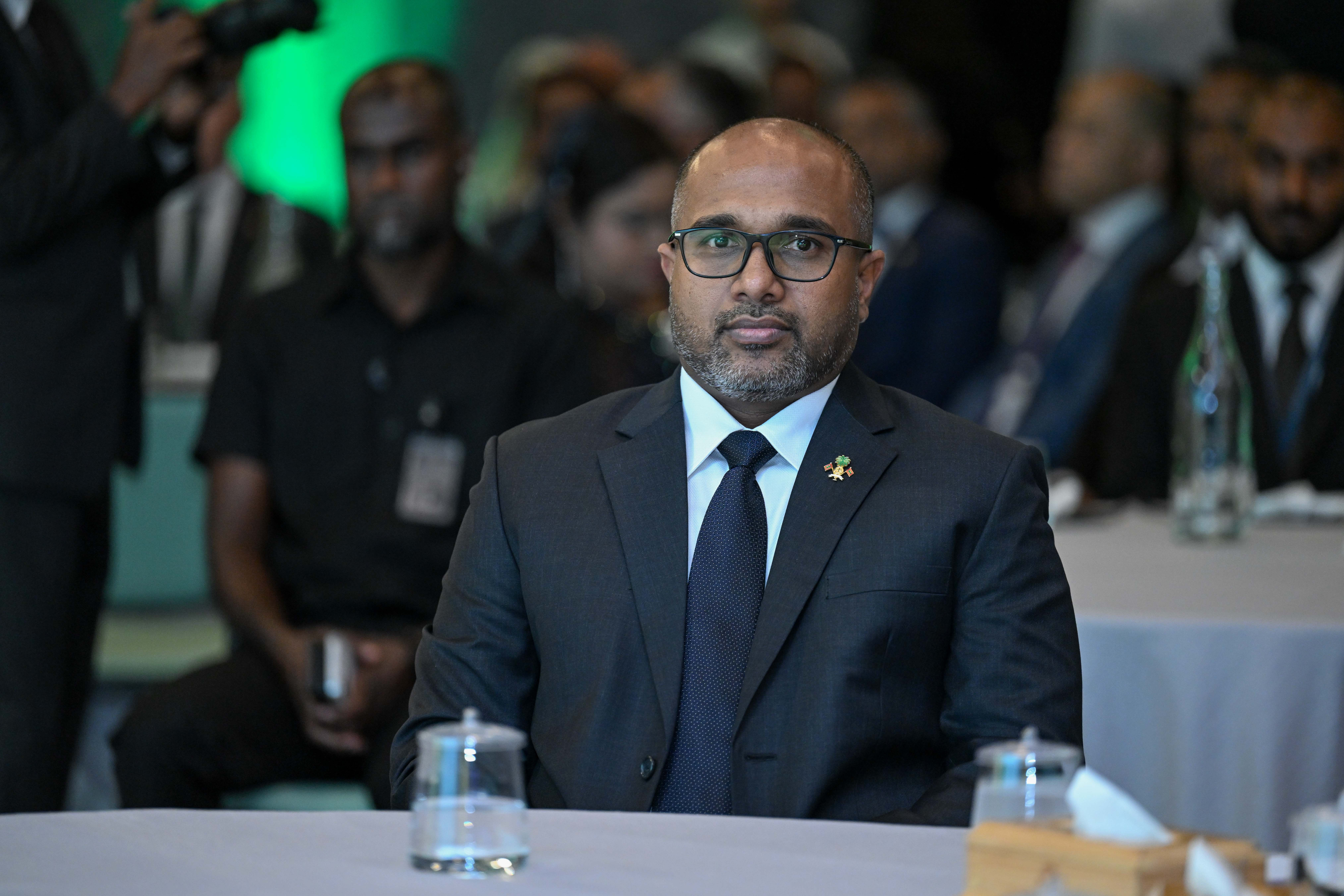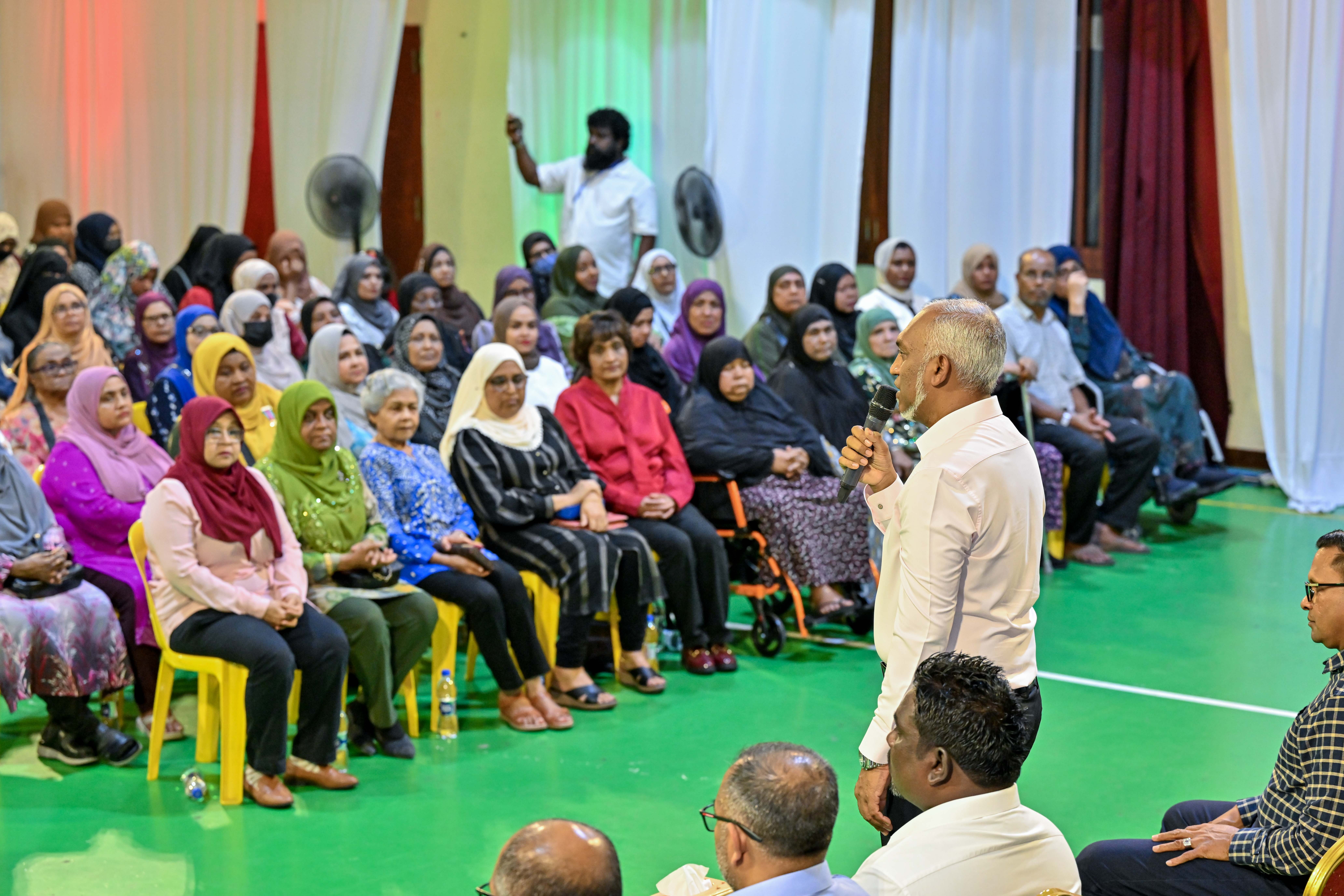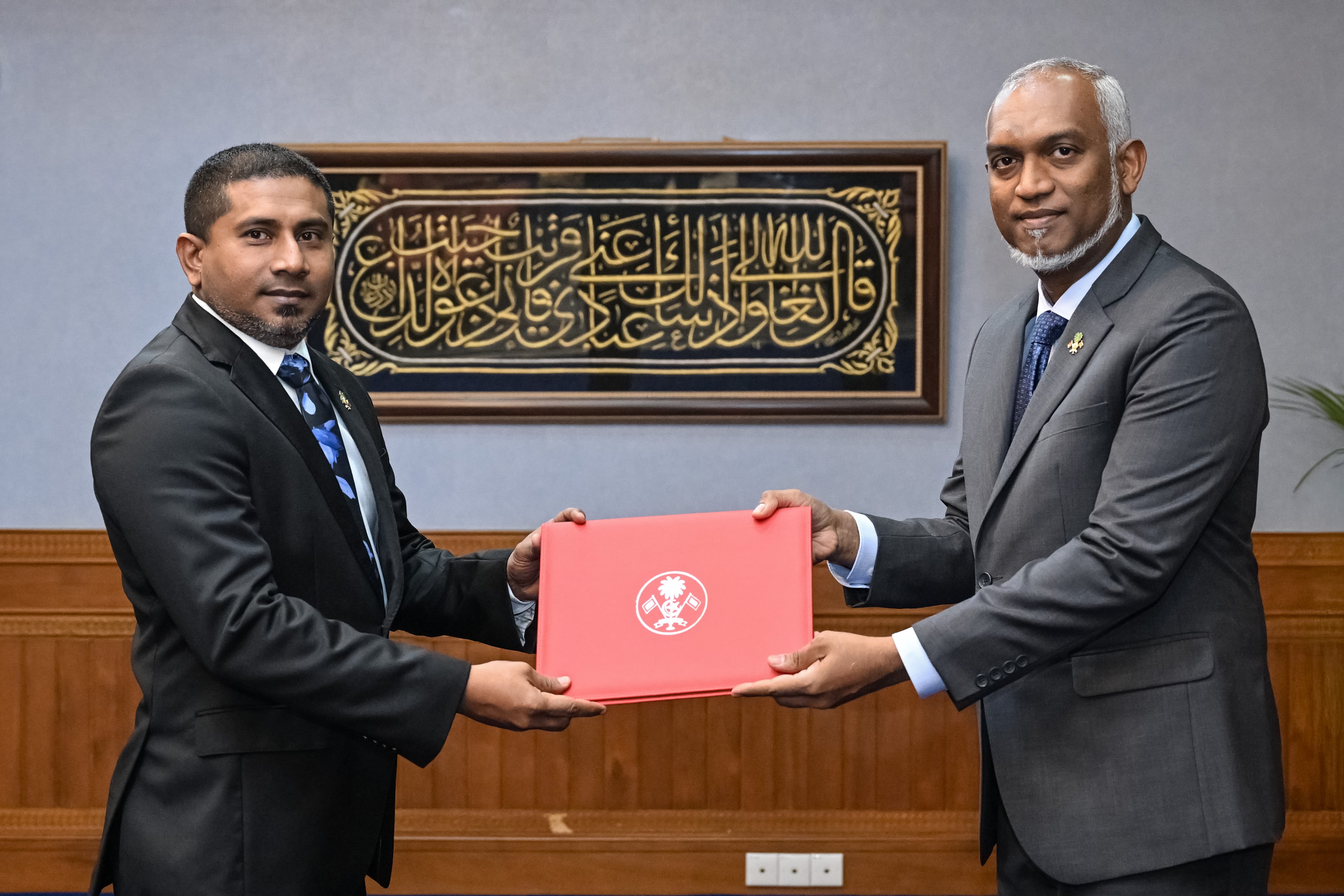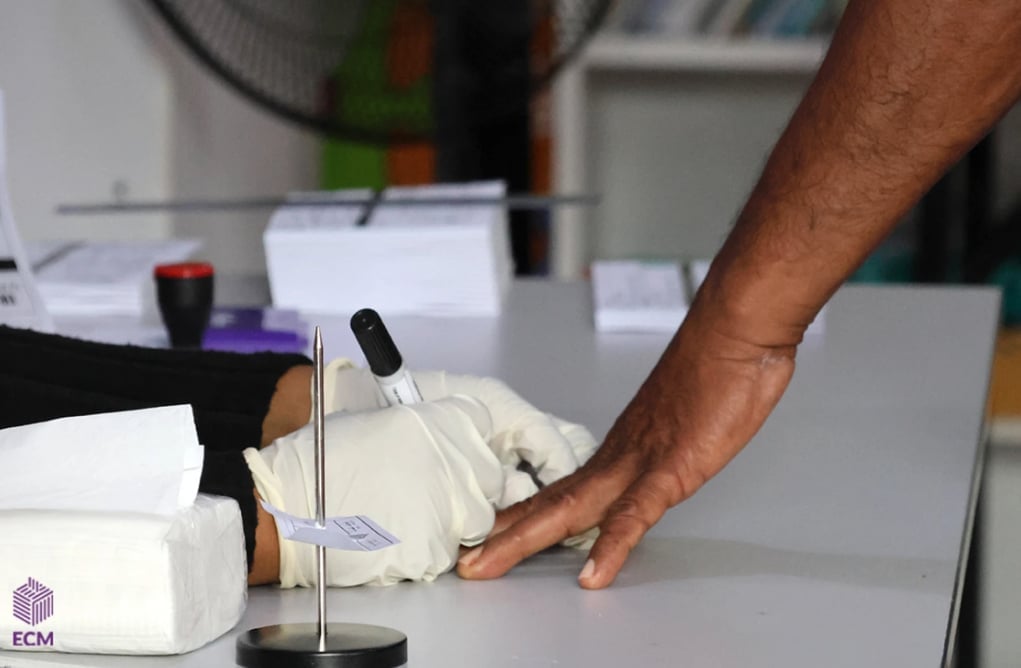Bangladesh has reopened schools, with kids flooding back into classrooms Sunday, after 18 months, one of the world's longest coronavirus shutdowns.
After 543 days, primary, secondary, and higher secondary schools across the country reopened maintaining Covid-19 guidelines and health protocols. Students were seen entering their schools standing in queues in the morning and washing their hands at the school premises with soap or sanitizing. Body temperature was also checked by school authorities before they entered their classrooms.
A similar scenario was seen in all the schools and colleges across the country.
The resumption came after UNICEF warned that prolonged school closures during the COVID-19 crisis were worsening inequities for millions of children across South Asia. UNICEF warned in a report released Thursday that the pandemic has accentuated “alarming inequities” for more than 430 million children in the region.
Only 41 percent of Bangladesh’s 169 million population have smartphones, according to the country’s telecom operators’ association, which means millions of children cannot access online classes. Even with smartphones, students in many of Bangladesh’s rural districts do not have the high-speed Internet access usually required for e-learning.
After 543 days, primary, secondary, and higher secondary schools across the country reopened maintaining Covid-19 guidelines and health protocols. Students were seen entering their schools standing in queues in the morning and washing their hands at the school premises with soap or sanitizing. Body temperature was also checked by school authorities before they entered their classrooms.
A similar scenario was seen in all the schools and colleges across the country.
The resumption came after UNICEF warned that prolonged school closures during the COVID-19 crisis were worsening inequities for millions of children across South Asia. UNICEF warned in a report released Thursday that the pandemic has accentuated “alarming inequities” for more than 430 million children in the region.
Only 41 percent of Bangladesh’s 169 million population have smartphones, according to the country’s telecom operators’ association, which means millions of children cannot access online classes. Even with smartphones, students in many of Bangladesh’s rural districts do not have the high-speed Internet access usually required for e-learning.





